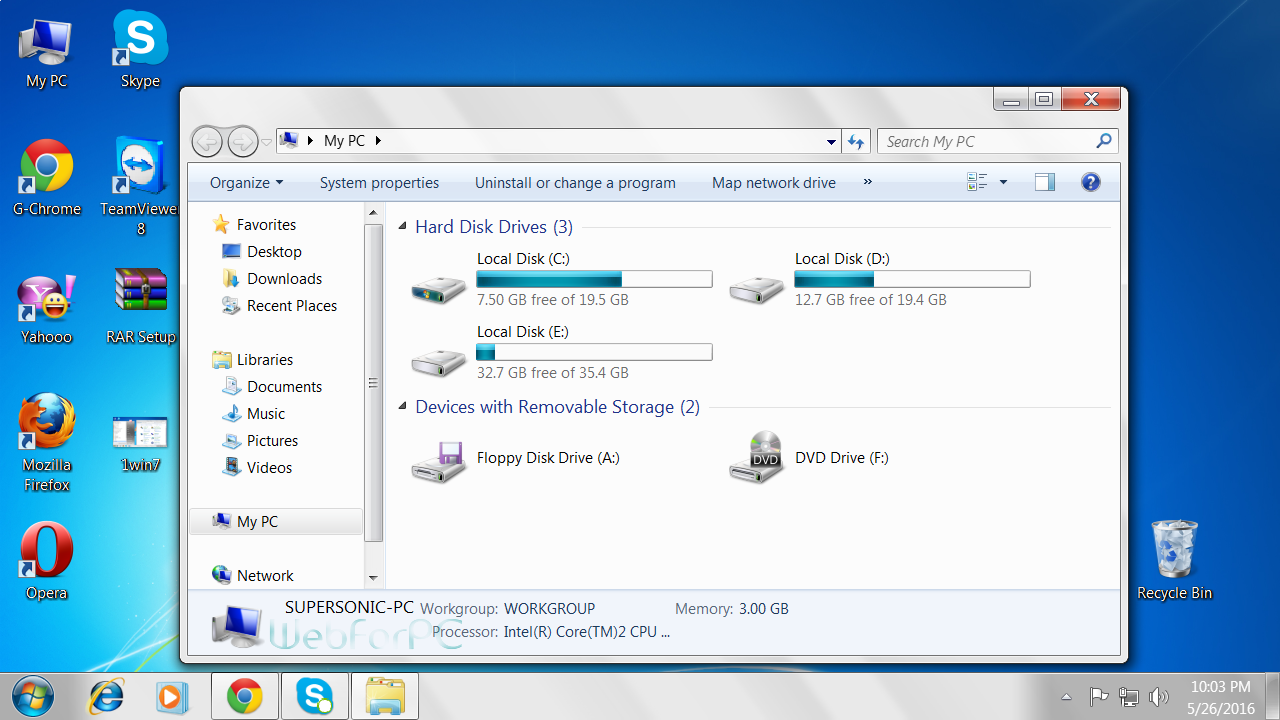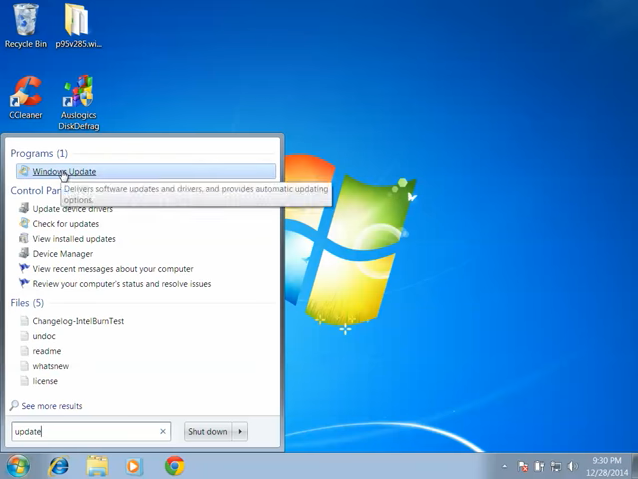

Instead, they'll use the Microsoft Update Catalog (Opens in a new window). One significant change going forward is that updates will no longer be available via the Microsoft Download Center. Windows 7 SP1, Windows 8.1, Windows 2008 R2 SP1, Windows Server 2012, and Windows Server 2012 R2 will all begin receiving single updates on a monthly basis (security updates will continue to be released on their own schedule). No such update has been announced for Windows 8.1 yet, but Microsoft has also stated that it will begin releasing monthly comprehensive updates for non-security patches. The update will also support slipstream installations, meaning you can roll the software updates into a unified installer and bring a system fully up-to-date at base install. Microsoft isn't calling this new " convenience rollup (Opens in a new window)" Windows 7 SP2, but that's functionally what it provides.

As a result, the last four years of updates and patches has to be run manually.

In the past, Microsoft ameliorated this problem by releasing several service packs over the life of the OS, but Windows 7 only ever got one service pack, in 2011. One of the disadvantages to using an older Microsoft operating system is the need to install several hundred megabytes of patches after the initial OS is loaded.


 0 kommentar(er)
0 kommentar(er)
